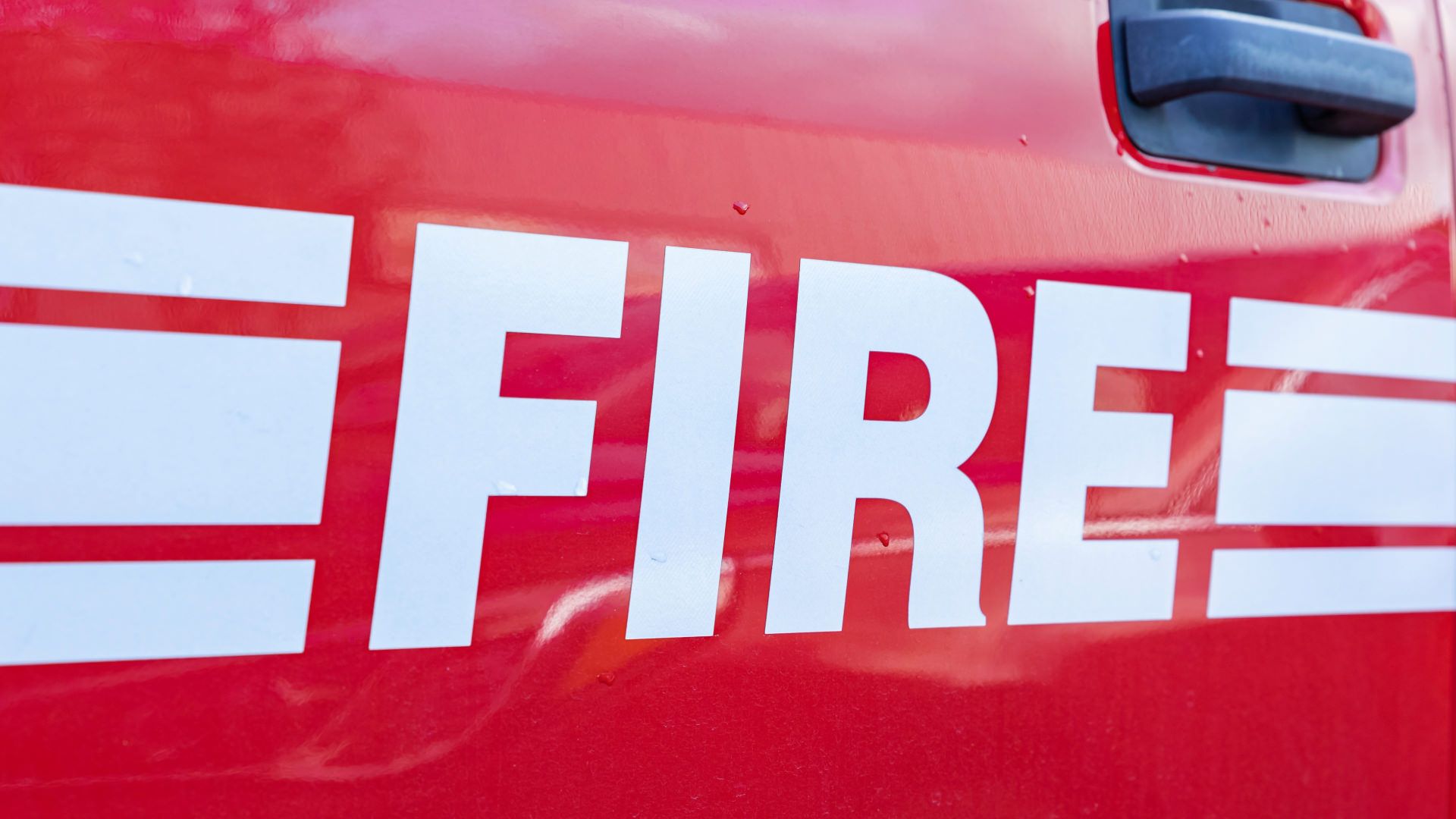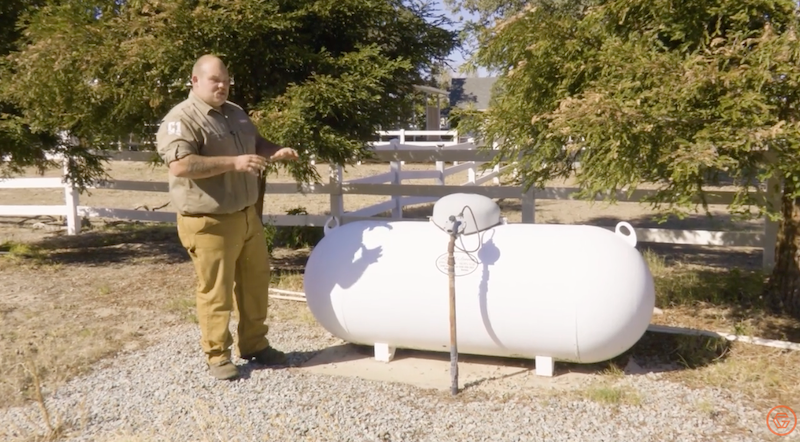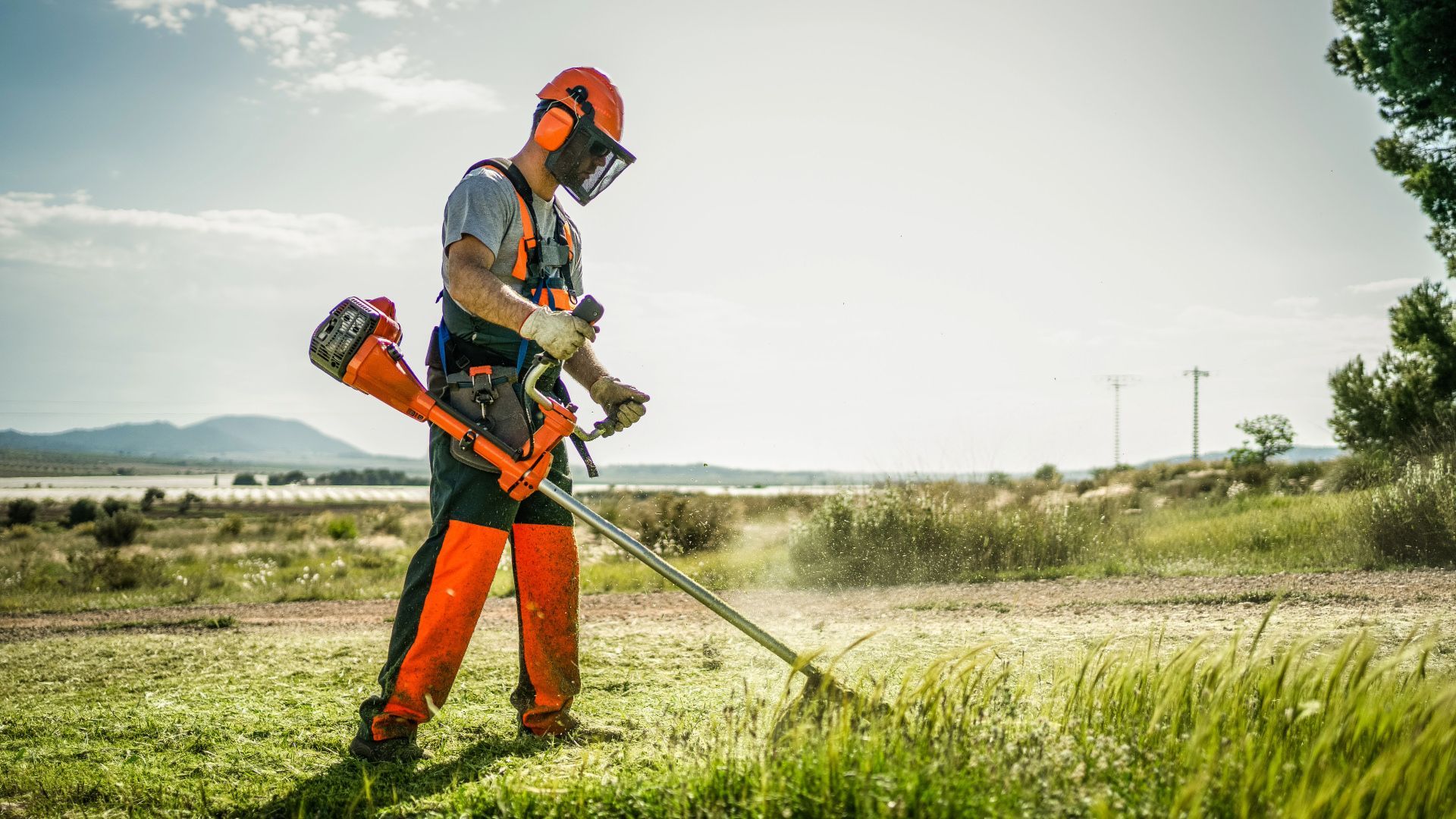Poison Oak—How to Identify, Remove, and Keep It Off Your Property
Poison Oak: The Unwanted Neighbor
If you live in a high-fire-risk area, you already know that clearing brush and reducing fire fuels is part of the deal. But there’s one plant that loves to sneak onto properties, cause rashes, and even make wildfires more dangerous—poison oak.
If you’ve ever had a run-in with this plant, you know the misery it brings. Itchy, blistering rashes that can last for weeks, oil that spreads from clothes to skin to pets, and a root system that keeps it coming back year after year. The worst part? Most people don’t even notice it’s there until it’s too late.
We’re going to talk about how to identify poison oak year-round, how to safely remove it, and why winter and early spring are the best times to get it under control.
How to Identify Poison Oak in Every Season
Poison oak changes its look throughout the year, which is why so many people miss it until they’ve already touched it.
Here’s how to spot it:
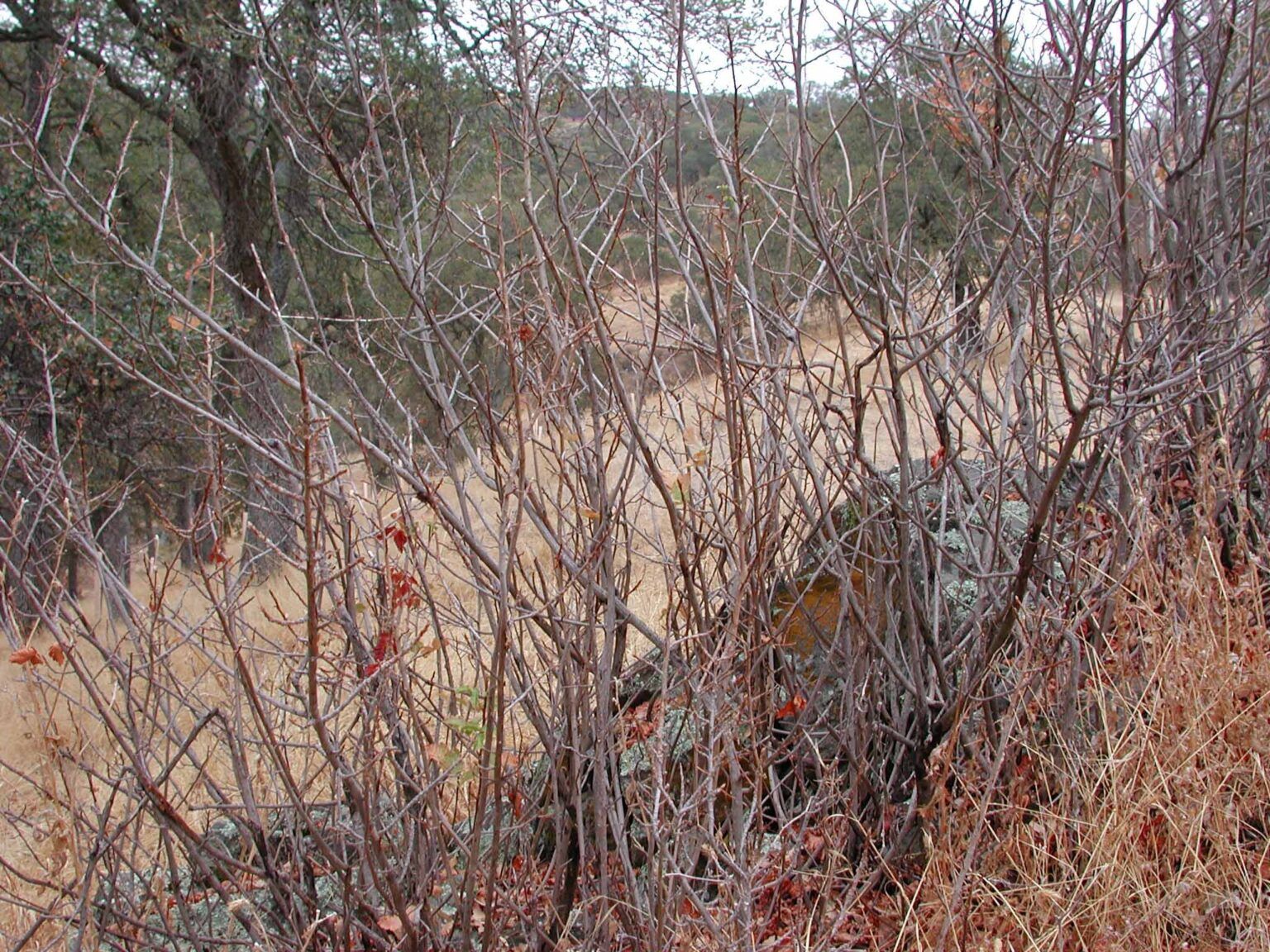
❄️ Winter – The Bare-Stemmed Sneak
Loses its leaves, leaving only bare stems and branches.
Still full of oils—even touching the dead plant can cause a rash.
Sometimes hard to identify, but grayish-white berries are a dead giveaway.
💡 Pro Tip: If you’re clearing brush in winter, double-check that you’re not handling bare poison oak stems!

🌿 Spring – The Fresh Green Trickster
Leaves appear bright green with a slight reddish tint.
The plant starts out small but grows rapidly.
Can be a low shrub or start climbing trees and fences like a vine.
✅ Best time to remove it! It’s young, weak, and hasn’t had time to spread.
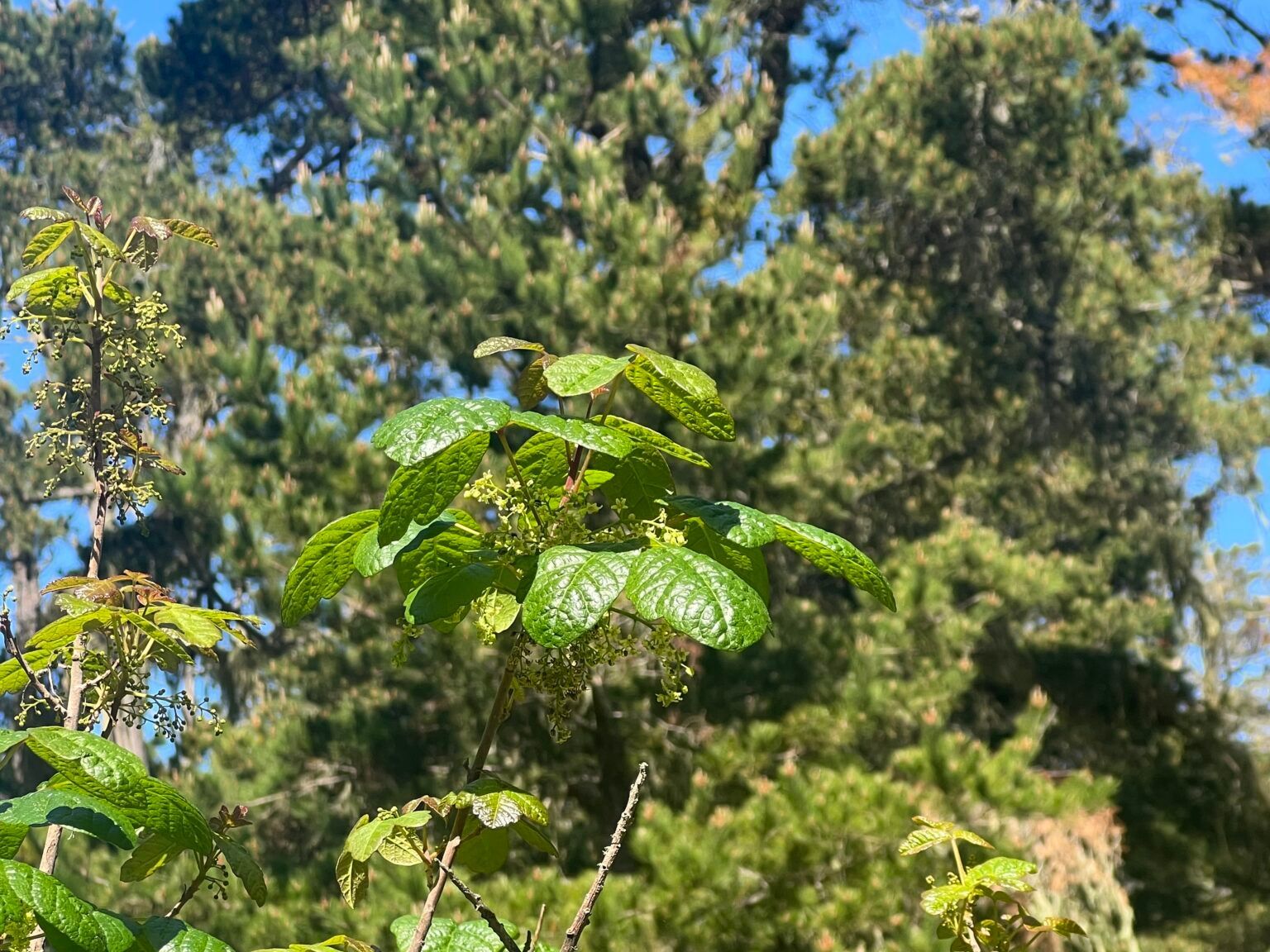
☀️ Summer – The Rash Machine
Leaves turn deep green and glossy, with their classic "leaves of three" shape.
Can grow into a thick shrub or climb 10-20 feet up trees.
Produces small white or greenish flowers and light tan berries.
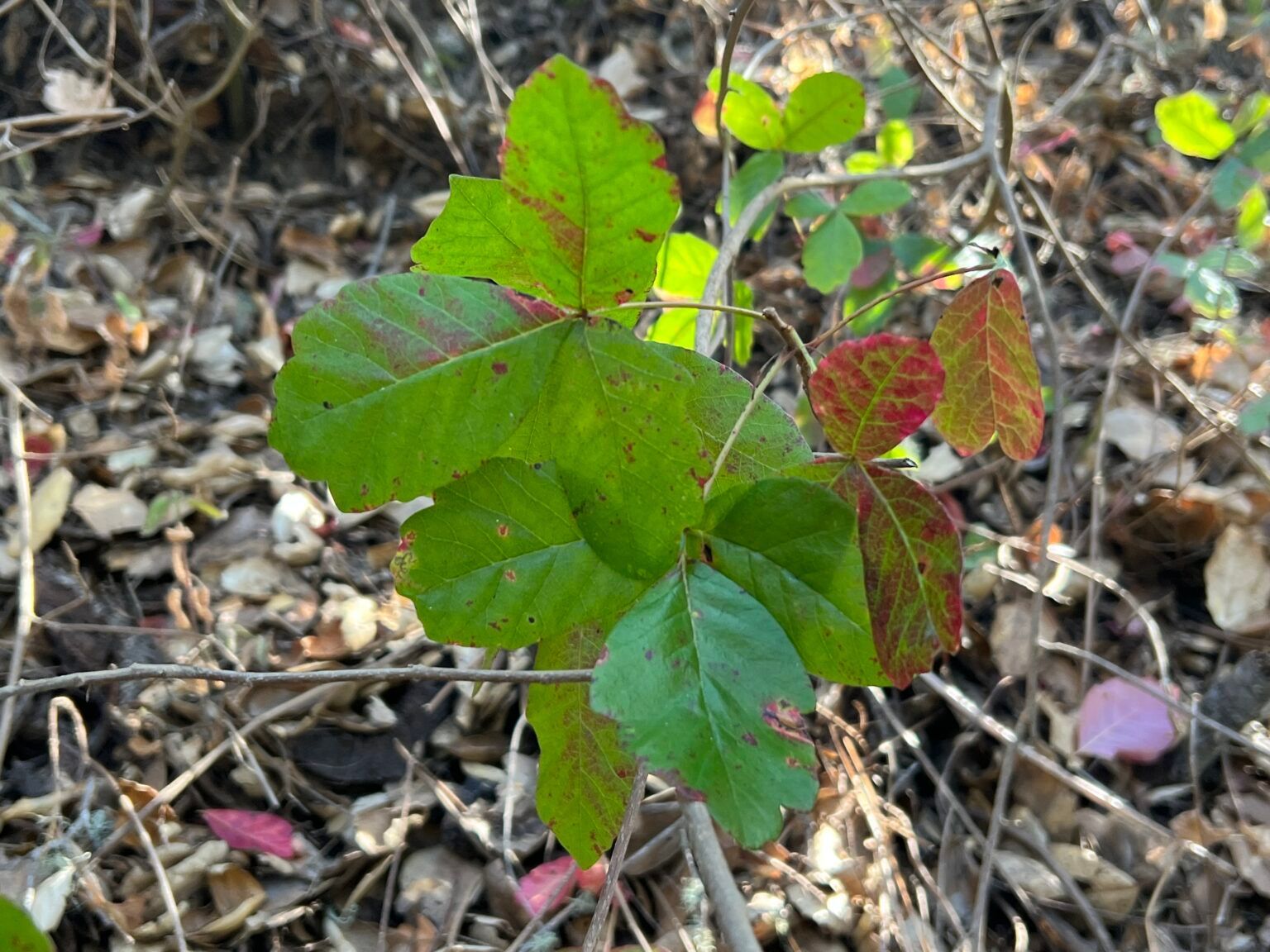
🍂 Fall – The Fire Hazard
Leaves turn red, orange, or yellow—don’t mistake it for pretty fall foliage!
The plant starts drying out, but oils are still active.
Stems become woody, and dried poison oak becomes highly flammable.
🔥 Dead poison oak is a major fire hazard—get it cleared before fire season!
How to Remove Poison Oak Safely
Poison oak isn’t like normal weeds—you can’t just pull it out and call it a day. The oils from the leaves, stems, and even roots stay active for years. That means improper removal can spread the oils to your tools, clothes, pets, or worse—your skin.
Here’s how to do it the right way:
1. Dig It Out (Best for Small Patches)
✅
What You Need:
✔ Heavy-duty gloves (rubber or chemical-resistant)
✔ Long sleeves, pants, and safety glasses
✔ A sharp shovel or mattock
✔ A plastic bag for disposal
🛠 How to Do It:
- Loosen the Soil: Water the area the day before so roots come out easier.
- Dig Deep: Poison oak roots can go 2-3 feet deep. Get as much as you can.
- Bag It Up: Put every piece in a sealed trash bag—never burn it!
- Wash Up Immediately: Use cold water and dish soap to wash your clothes, tools, and gloves.
🌾 NEVER use a weed whacker or mower on poison oak—this can send tiny particles into the air, where they can be inhaled and cause serious lung irritation!
2. Herbicide Treatment (Best for Large Infestations)
If poison oak has taken over a large area, you’ll need a targeted herbicide to prevent regrowth.
✅
Best Herbicides:
✔
Glyphosate (Roundup): Works best when applied
directly to leaves.
✔
Triclopyr: Stronger and
better for treating the roots.
🛠 How to Use It:
- Cut the Plant Down: Trim it close to the ground.
- Apply Herbicide Immediately: Brush it onto freshly cut stems so the plant absorbs it into the roots.
- Check Back in a Few Weeks: Poison oak is stubborn—repeat treatment if needed.
🤝🏻 Need help? Grind Fire Defense holds a Qualified Applicator License, which authorizes us to apply herbicides for the management of unwanted vegetation, including invasive species and noxious weeds. This certification ensures that our team adheres to strict safety and environmental standards, protecting your land, your family, and local ecosystems. Our licensed professionals are trained to use herbicides responsibly, targeting problem areas while preserving the health of desirable plants and natural habitats.
3. Bring in the Goats!
Did you know goats love eating poison oak? If you’ve got a big property, hiring a goat grazing service is an eco-friendly way to clear it.
✅
Best for:
✔ Steep or hard-to-reach areas
✔ Large infestations
✔ Reducing plant size before manual removal
⚠️ The Catch: Goats don’t kill the roots, so follow up with herbicide or digging to keep poison oak from coming back.
Final Thoughts: Why Poison Oak Removal Matters
Poison oak isn’t just an itchy inconvenience—it’s a fire hazard, a health risk, and a pain to deal with once it spreads. But the good news? Winter and early spring are the best times to get ahead of it before it takes over your yard.
🚜
Clearing poison oak now makes your property safer for summer.
🌿
The right removal methods will keep it from coming back.
🔥
Getting rid of dried poison oak reduces fire risk around your home.
And most importantly, removing it means your kids, pets, and family can enjoy the outdoors without the threat of
painful rashes and itching.
If poison oak is creeping onto your property, Grind Fire Defense can help. We specialize in fire-safe vegetation management, brush clearing, and property cleanup—so you don’t have to risk dealing with poison oak on your own.
🚨 Need poison oak removal? Give us a call before fire season hits! 🚨
Share this article on
